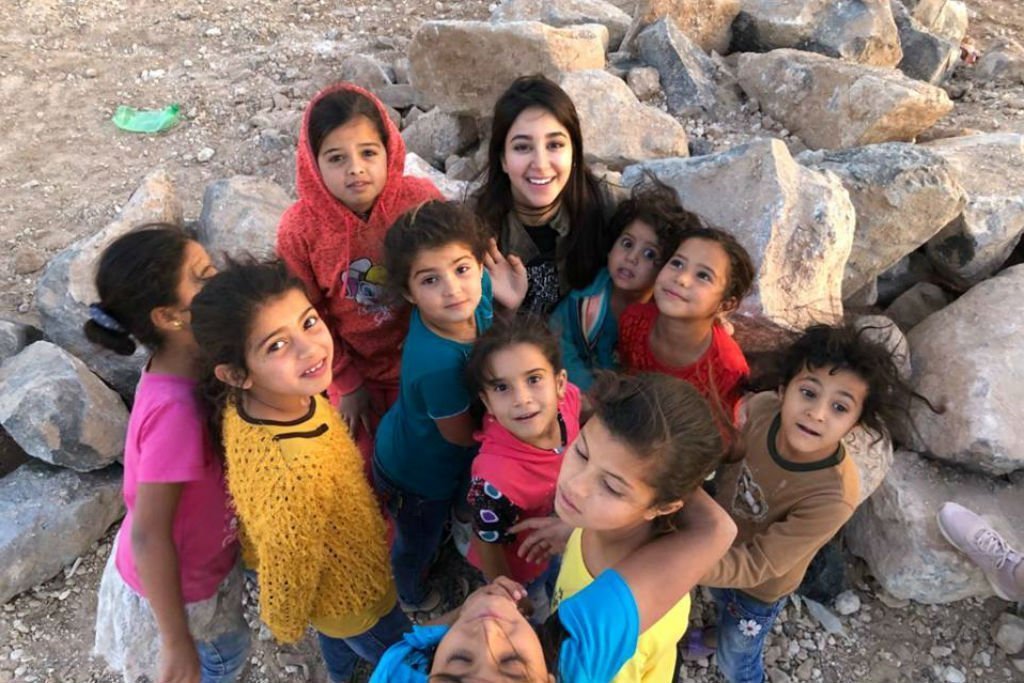Understanding the Difference: Refugee and Migrant

Understanding the Difference: Refugee and Migrant
When it comes to discussing global migration and displacement, the terms “refugee” and “migrant” are often used interchangeably. However, it is important to understand that these two terms have distinct meanings and legal implications. In this article, we will explore the difference between a refugee and a migrant, shedding light on their unique circumstances and the challenges they face.
What is a Refugee?
A refugee is an individual who has been forced to flee their home country due to well-founded fear of persecution, war, or violence. They are unable or unwilling to return to their home country due to fear of persecution based on their race, religion, nationality, political opinion, or membership in a particular social group.
Refugees often find themselves in situations of extreme vulnerability, seeking safety and protection in other countries. They may have experienced violence, torture, or witnessed the destruction of their homes and communities. The decision to leave their home country is not a choice, but a necessity for their survival.
Refugees are protected by international law, particularly the 1951 Refugee Convention and its 1967 Protocol, which define their rights and the obligations of countries to provide them with protection and assistance. These legal frameworks ensure that refugees are granted asylum and are not returned to situations where their lives or freedoms are at risk.

What is a Migrant?
A migrant, on the other hand, is an individual who chooses to move from one country to another, often seeking better economic opportunities, education, or a higher standard of living. Unlike refugees, migrants are not fleeing persecution or violence in their home countries.
Migration can occur within a country (internal migration) or across international borders (international migration). Migrants may leave their home country voluntarily, in search of a better life for themselves and their families. They may have the necessary resources and legal means to migrate, such as work visas or family reunification programs.
Migrants, unlike refugees, do not have the same legal protections under international law. Their rights and legal status depend on the immigration policies of the countries they are moving to. They may face challenges such as discrimination, exploitation, and limited access to social services in their host countries.
The Challenges Faced by Refugees and Migrants
While refugees and migrants have different reasons for leaving their home countries, they often face similar challenges when they arrive in a new place. These challenges include:
1. Language and Cultural Barriers
Both refugees and migrants may face difficulties in adapting to a new language and culture. Communication barriers can hinder their ability to access education, healthcare, and employment opportunities. Integration into a new society can be a complex process that requires support and resources.
2. Discrimination and Stigmatization
Refugees and migrants often face discrimination and stigmatization in their host countries. They may be seen as a burden on social systems or as a threat to local culture and identity. Overcoming these negative perceptions is crucial for their successful integration and acceptance in their new communities.
3. Access to Basic Needs and Services
Both refugees and migrants may struggle to access basic needs and services, such as housing, healthcare, and education. Limited financial resources, lack of documentation, and unfamiliarity with the local systems can create barriers to accessing these essential services.
4. Legal and Administrative Challenges
Refugees and migrants often face complex legal and administrative processes when seeking asylum or regularizing their status in a new country. These processes can be lengthy, confusing, and emotionally draining. Access to legal assistance and support is crucial to navigate these challenges.
Conclusion
While the terms “refugee” and “migrant” are often used interchangeably, it is important to recognize the difference between these two groups. Refugees are individuals who are forced to flee their home countries due to persecution or violence, while migrants choose to move to another country for various reasons. Understanding these distinctions helps us provide appropriate support and protection to those in need, fostering a more inclusive and compassionate society.




